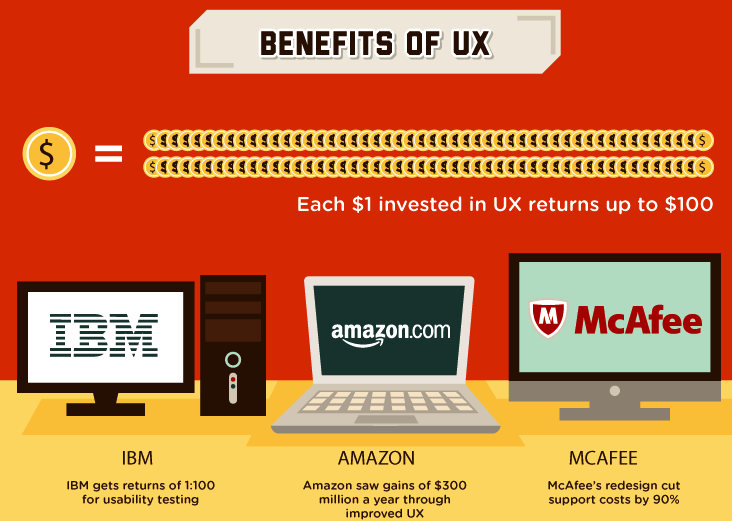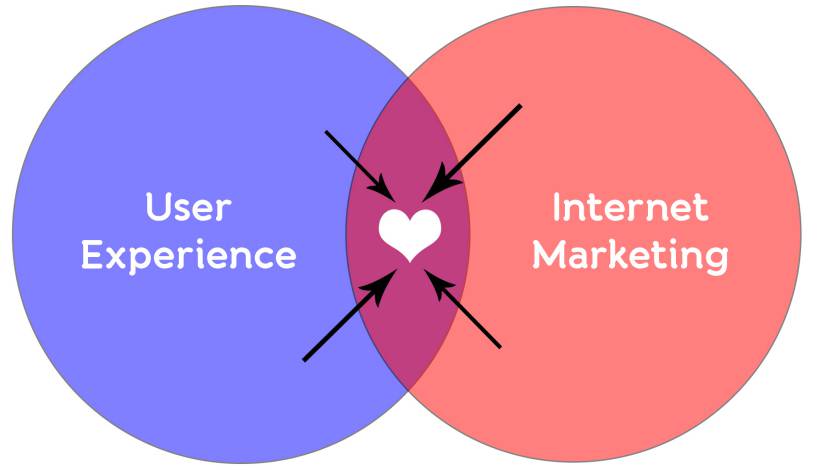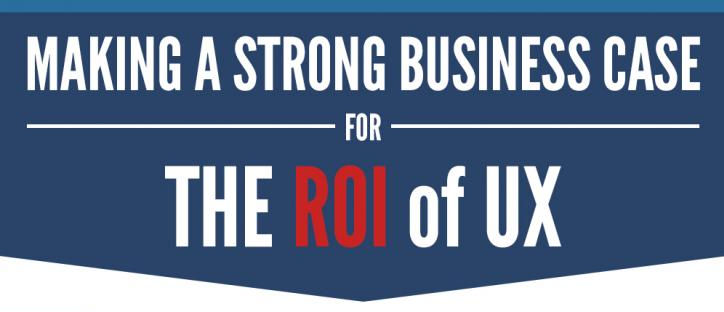The case for user experience is clear in all our minds. Better products should lead to happier customers and more of them and thus more revenue. But how much money should be invested in user experience design as part of a software or web development project? And how do we convince those holding the purse strings that the money, they are going to spend, is going to bring value for money?
How Much Is Spent on User Experience Design?
Project investment varies a huge deal. There are apps out there which were built by someone in their spare time – the only physical cost was their time and effort and whatever portion of the life span of their hardware was expended during development. A lot of those apps get zero user experience investment and a lot of them fail accordingly.
However, when it comes to large software projects budgets can range from $200,000 to $20 million (or more in some cases). A rule of thumb suggests that about 40% of the total project budget should be spent on user experience research and design to produce optimal results. Now, some companies will put in a little more and some a little less but it’s as good a guide as we have at the moment. We’d expect to see this figure receive a lot of revision over the coming years, though whether it will be up or down - remains to be seen.
This doesn’t reflect the budgets that will be spent on marketing and selling the product once it’s complete. Just the development costs of the project itself.

What Do Companies Do?
Before you can put a business case together for your 40% slice of the action; you need to think about putting your work into the context of your business. There are a small number of key activities related to the core efforts of a business. They may do other things too but these are the activities which are designed to make money from the operation of the business:
- Buying things. Most companies need materials and equipment to put anything together.
- Operational work. Once you have the things you need, you have to design and develop products to sell or services to offer.
- Marketing and sales. Once you have your product/service it’s time to tell the world about it and then extract some money for it.
- Delivery. This may be simple for an internet based app business and it may be much more complex for a service delivery business. But you have to get the product in your customer’s hands somehow.
- After care. You won’t be in business for very long if you don’t supply support and care when things go wrong.
Once you understand the key drivers of business activity, you can start to link an improved user experience to them and show how you might add value to each step of the chain.
Buying Things (Purchasing and Logistics)
Not all of this category of activity involves the acquisition of physical goods. The world that most UX designers inhabit also requires a ton of information. This might be from research conducted yourself or from research carried out by an external group (such as an ethnographic research team).
The business and customer (including users) needs determine the requirements for information. UX research can provide insight into these spaces – it can help determine what contexts a product will be used in, how a product may be differentiated from another easily, it can show how your offering compares to your competitor’s, etc.
In essence user research can save money in the “buying things” stage of business activity. It prevents, to some extent, mistakes being made and thus wastage. Internally focused user research can also help examine the way that the business works and how other savings may be identified in future.

Operational Work
Companies don’t get anywhere without someone doing the doing. The purpose of operations, for most UX designers at least, is to design and develop the product. UX teams can add significant value to the operational work of a business.

You should be able to reduce the time taken to market by proposing multiple ideas and quickly eliminating those that don’t add the value expected. You can create prototypes that allow the whole development team to fully understand the objectives of a project reducing rework. You can ensure that the project meets user needs as well as business needs. Most importantly you can create design specifications that make it easier to build the product without people needing to ask “why” which reduces operational drag.
Marketing, Delivery and After Care
These three areas form a larger sphere – one of customer experience (CX) and UX is a subset of customer experience work. That means that all the work we do as user experience professionals is focused on customer experience. Not all of our users, particularly in enterprise contexts, pay the bills but all of them count when it comes to delivering a great customer experience.
It is easier to market and sell a product that was built with users in mind. If it’s clear and obvious what the benefits are and that users will pay for those benefits – marketing can reduce its spending on research because much of it has already been done. It’s critical that your business case shows how data will flow between the two functions.
Delivery of the product is part of the user experience too. Quick digital download versus a posted disc? It’s clear which makes the process easier and less prone to error.
And it should be clear that by providing something users like and find easy to use – you’ll be cutting down on calls to the helpdesk and reducing the requirement for aftercare. That’s another straightforward cost saving.

Summary
Building the business case for user experience design should be simple when you tie the benefits of UX work into the value drivers for the business as a whole.
Image Sources: Experience Dynamics (link to image), e27.co (link to image), Chris Guy (link to image), Gavin Llewellyn (link to image), Elisabeth Hubert (link to image)











